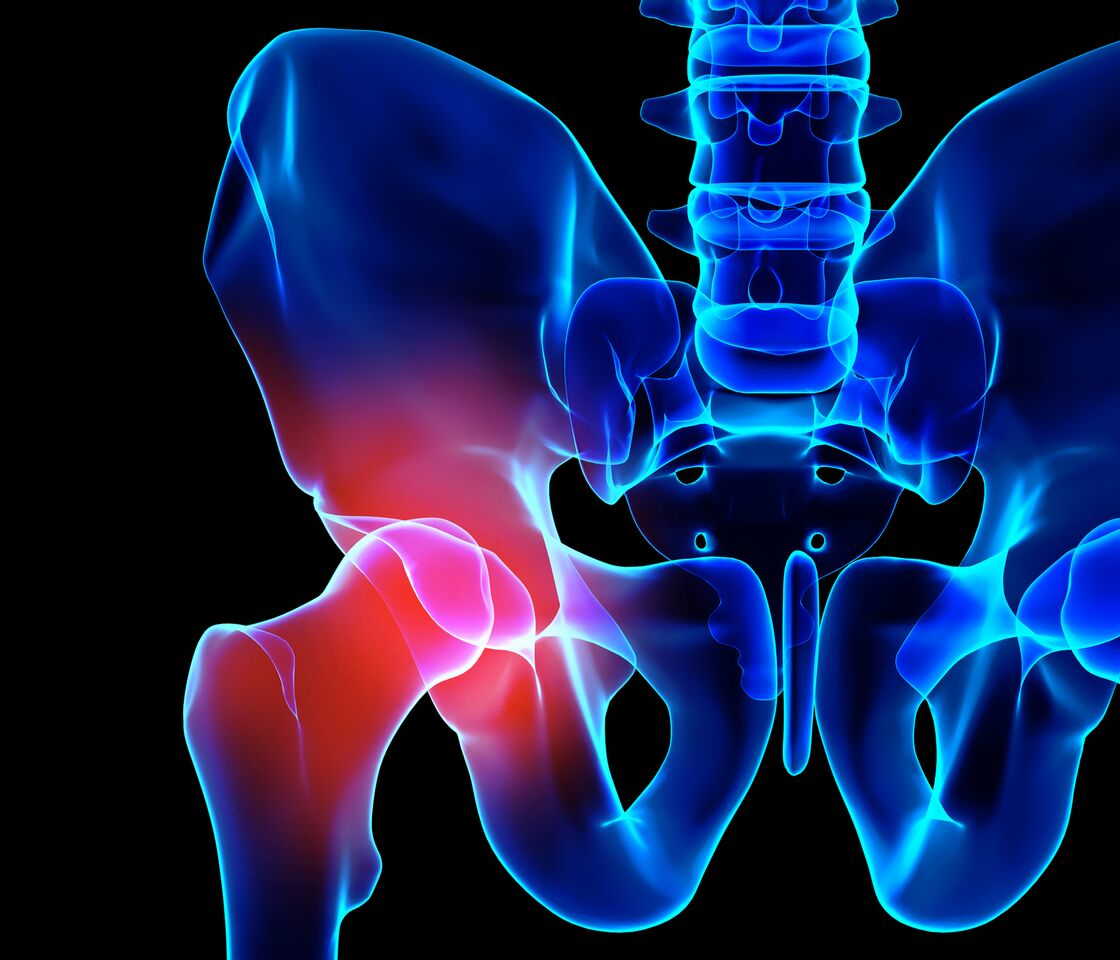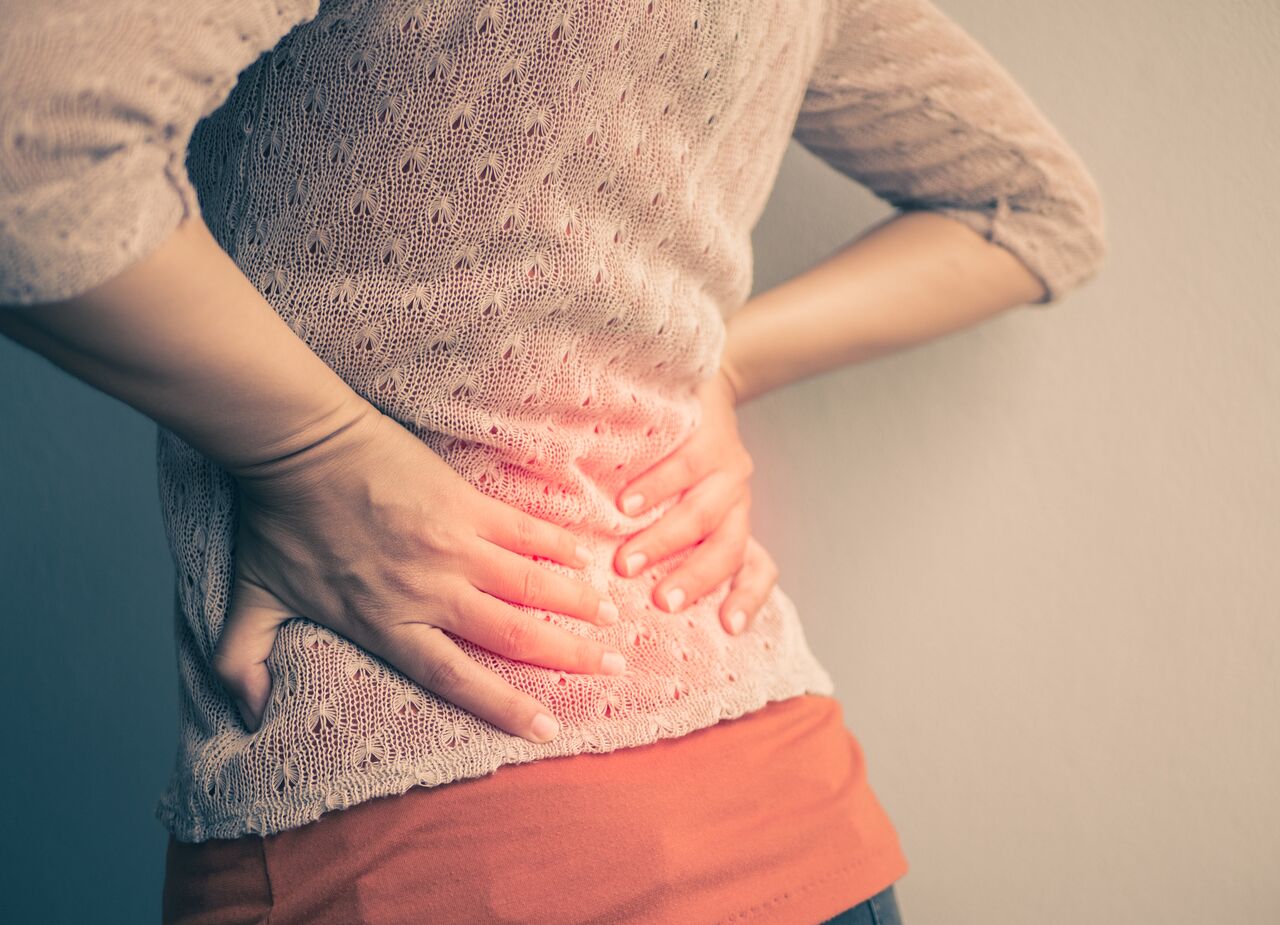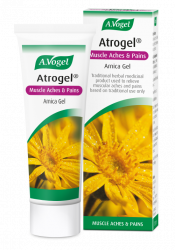Is your hip really the culprit?

We can often experience pain in the hips because this area of our body can take on too much workload to compensate for other surrounding joints and muscles that are unable to do their job properly. Similarly, when we experience hip pain we need to be sure that the pain we are experiencing is really our hip. Sometimes we can experience pain on the upper thigh (quadriceps), or the buttock (glutes), or lower back that we can often mistake for being our hip.
When we experience hip pain it is usually felt in the groin or directly where the hip bone and joint are located. There are a number of reasons that we can experience hip pain such as fractures, hernias, or long-term conditions like arthritis or tendonitis.
What’s the connection between back strain and hip pain?
Your hip is closely connected to your lower back in terms of location, but also in terms of the nerves, muscles and ligaments that are associated with them. This means that we can often experience hip pain and back strain at the same time.
Muscles
Your gluteal muscles (commonly referred to as the glutes) are located in your upper buttock, when these muscles are tight it can result in excess strain being placed on both the hip and lower back. This tightness can occur due to overuse, wear-and-tear or poor posture which results in the glutes becoming weak and tight as a result of not being used, stretched and strengthened properly.
Ligaments
Ligaments are short, tough but flexible, fibrous connective tissue that connects two bones, cartilage or holds a joint together. When it comes to hip and back pain the ligaments surrounding the buttocks and pelvis are of particular interest. This area is also known as the sacroiliac joint and links your lower back and hip, so lower back pain can also be felt right through to the hip.
Nerves
Another common cause of back and hip pain is nerve compression, or impinges. Nerve pain, unlike ligament or muscle pain can occur without any physical injury being present. This type of pain occurs when certain nerves continue to send pain messages to the brain even although there is no on-going tissue damage. Due to the close physical location of the hips and lower back, nerve pain can be felt along the spine down to the hips causing pain here too.
Back strain and hip pain

As I discussed in my blog ‘What’s the difference between a muscle sprain and a muscle strain?’ strains are the overstretching or tearing of a muscle or tendon whilst sprains are the stretching or tearing of ligament tissue.
Muscle strains can happen in any muscle of the body however, they’re most common in your lower back, shoulder and hamstring. Back strains are usually chronic meaning that they have persistent symptoms and usually occur as a result of overuse or repetitive movement. However, although less common, back strains may also be acute and affect us only on a short-term basis.
Back strain can result in limited mobility of the affected muscles, pain and swelling can also occur, this can then have a knock-on effect to hips affecting their normal flexibility and range of motion. Particularly if back strain is chronic, your hips could be at risk of some pain too. As I mentioned back strain can limit the mobility of affected muscles in the back, as a result this can then shift the workload that was usually your back’s responsibility onto your hips.
Dealing with this added workload can be tough on our poor hips so pain as a result of overuse can occur. This is often where confusion can arise about where our original pain is actually coming from – right now our hips are in pain, but this is a result of back muscles that were injured and weren’t carrying their own workload.
How can you relieve back strain and hip pain?
If you experience chronic back strain (or back pain) and then suddenly develop hip pain, first and foremost it is always beneficial to seek the advice of a doctor, physiotherapist or sport’s masseuse who will be able to identify the source and whether the two are linked. A qualified professional will also be able to inform you whether or not this could be down to a health condition and will need medication to help recover or whether resting up at home will do the trick.
For long term pain that lasts for longer than 72 hours applying heat can also be beneficial. Heat helps to encourage good circulation to the area allowing fresh blood to deliver important nutrients and minerals you need to recover and repair.
Speaking of important nutrients and minerals your diet can also play an important role here. Many don’t think it but what you eat can actually impact how your muscles feel and how quickly they recover. Essentially our body repairs itself through a primary inflammation process and then intricate physiological recovery stages. Certain nutrients, vitamins and minerals can speed along this process or add to the inflammation. To find out more about how our body repairs itself as well as some important nutrients you should be eating more of to help read my blog ‘The best nutrients for muscle healing and repair.’
Finally, watch out for your painkillers and how many you take! Recent research has found that many of us risk overdosing on painkillers simply because we aren’t paying attention to what we are taking. Taking too many painkillers can have disastrous effects on our health, over time it can make us more vulnerable to high blood pressure and even kidney damage! So, please always read the labels of your painkillers and wise-up about what your recommended daily amount should be. If you are uncertain your local doctor or pharmacist will be able to help you out.
Investigating alternative pain relief methods to painkillers is another option to prevent the risks of taking too many. Herbal pain relief remedies often result in fewer side effects and most can even be used alongside painkillers if necessary. I’d suggest our friendly Atrosan pain relief tablets which contain extracts of Devil’s Claw to naturally soothe excess inflammation.









